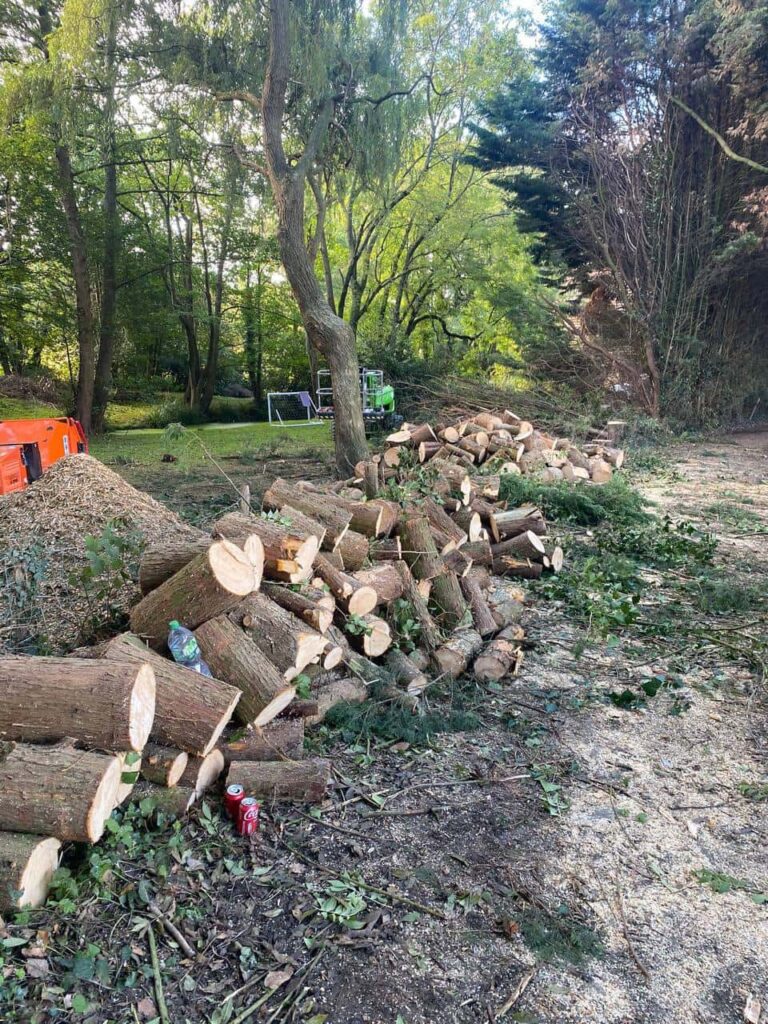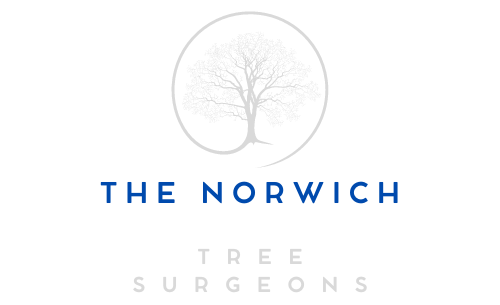The Costs of Neglect: What Happens When Dead Wood Removal Is Ignored
Introduction: In the world of trees and forests, dead wood serves a crucial purpose in the circle of life. It provides habitat nourishment and contributes to ecosystem balance. However, the story is different when it comes to the trees in your garden or on your property. Neglecting the removal of dead wood can lead to a series of costly consequences for the tree and you. In this blog post, presented by The Norwich Tree Surgeons, we’ll explore what happens when dead wood removal is ignored and why addressing this issue promptly is essential.
1. Safety Hazards
Safety is one of the most immediate concerns associated with dead wood neglect. Dead branches can become weak and brittle, making them prone to breaking and falling. These falling branches pose a significant risk to people, property, and vehicles. Without proper removal, you run the risk of accidents, injuries, and property damage.
2. Tree Health and Longevity
Dead wood isn’t just unsightly; it signifies declining tree health. When dead branches are left in place, they can provide entry points for pests and diseases. These issues can spread to the rest of the tree, jeopardising its overall well-being. Neglecting dead wood removal can lead to the tree’s gradual decline and eventual loss.
3. Aesthetic Decline
Dead wood in a tree can be unsightly and detract from the visual appeal of your property. Neglecting the removal of dead branches can make your garden or landscape appear unkempt and neglected, affecting its overall beauty and curb appeal.
4. Property Damage
Dead wood doesn’t just pose a risk to people; it can also cause significant property damage. Falling branches can damage roofs, vehicles, fences, and other structures, resulting in costly repairs or replacements.
5. Declining Property Value
A well-maintained garden or landscape can significantly enhance the value of your property. Neglecting dead wood removal not only affects the aesthetics of your outdoor space but can also contribute to a perception of poor property maintenance. This perception can lead to a decrease in property value when it comes time to sell.
6. Legal Liabilities
If a dead branch from your tree falls and causes injury or damage to someone else’s property, you may be held legally responsible. Neglecting dead wood removal could result in legal liabilities and financial consequences.
7. Pest and Disease Spread
Dead wood is an attractive habitat for pests and a breeding ground for fungal diseases. Neglecting removal can lead to infestations and the spread of diseases, which can impact the affected tree and neighbouring trees.
Conclusion: Ignoring dead wood removal may seem like a cost-saving measure in the short term, but it can lead to many costly consequences in the long run. Safety hazards, declining tree health, aesthetic decline, property damage, declining property value, legal liabilities, and spreading pests and diseases are all potential outcomes of neglecting this essential tree care task.
To avoid these costs and protect both your property and the trees in your garden, it’s crucial to schedule regular inspections and dead wood removal with a professional tree surgeon. By addressing dead wood promptly, you can ensure the safety, health, and beauty of your trees and property while preventing unnecessary expenses and legal complications.
Call us on: 01603 361 093
Click here to find out more about The Norwich Tree Surgeons
Click here to complete our contact form and see how we can help with your tree’s needs.

